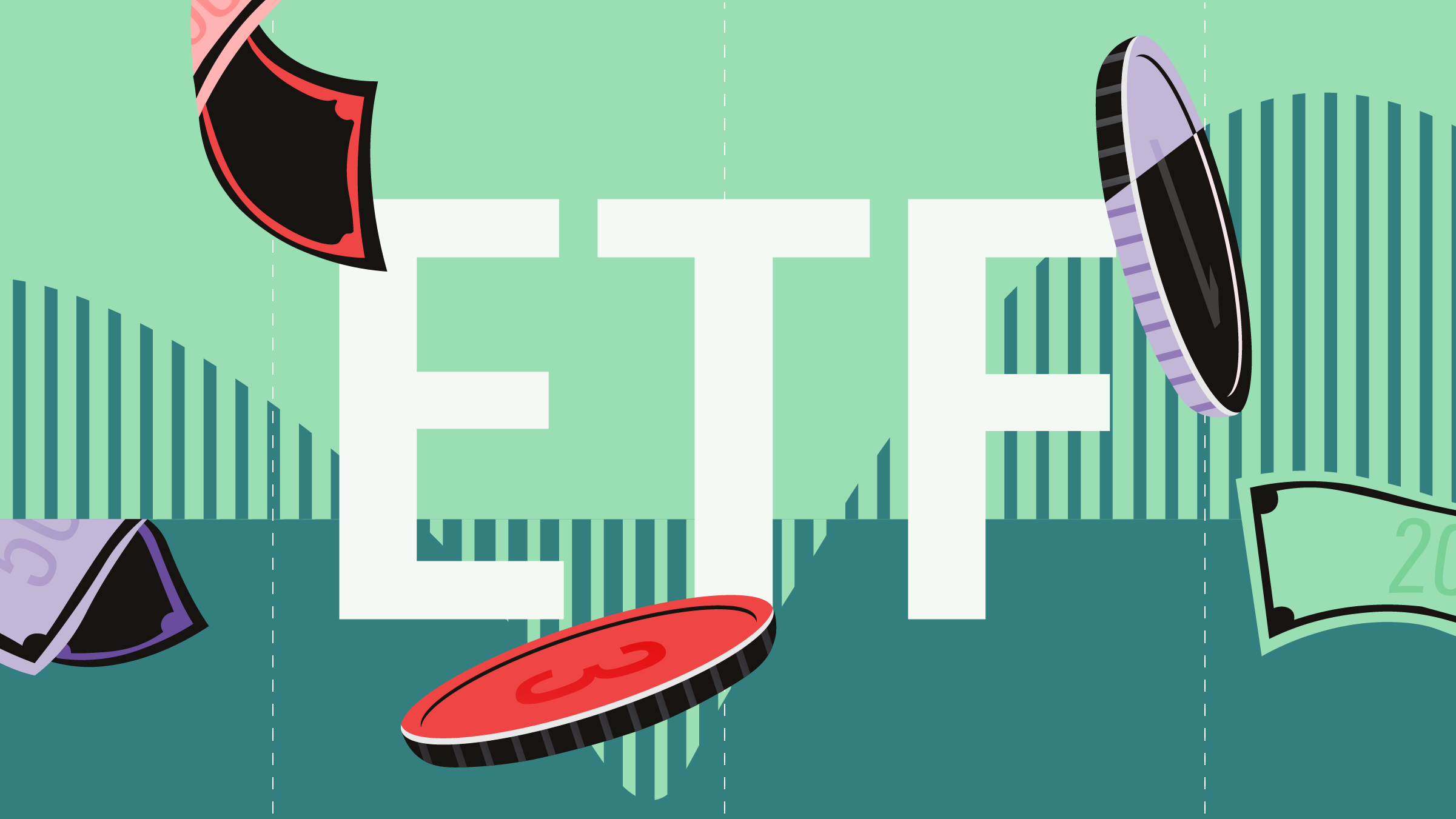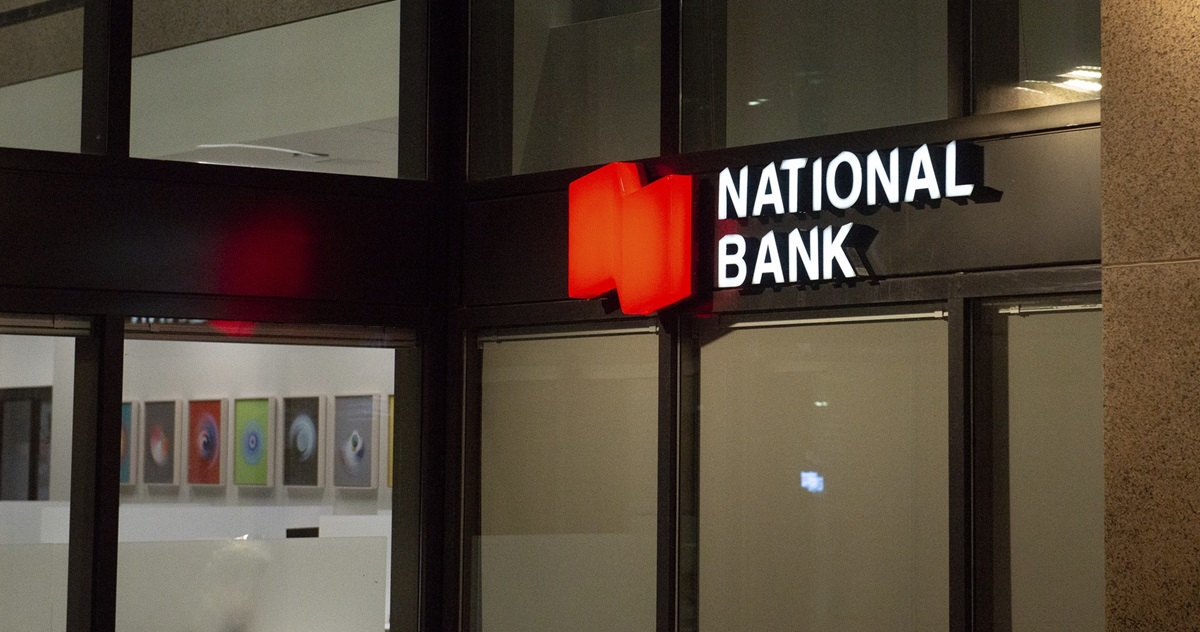Stephen Arpin, a partner at Toronto-based Beutel Goodman & Co. Ltd., says that provided the global economy manages to grow at a reasonable pace, Canadian small-cap stocks should continue to produce solid, positive returns.
Also, he says, there is the potential for them to continue to do better than their big-cap counterparts, given that their relative valuation is still in line with historic norms. "Small caps tend to trade at a discount to larger caps, as they are perceived to carry a higher risk."
At Beutel Goodman, Arpin's mandates include Beutel Goodman Small Cap  , which has assets of around $1 billion. The Morningstar 5-star rated fund is co-managed by Bill Otton, another senior manager at the firm, using a value discipline.
, which has assets of around $1 billion. The Morningstar 5-star rated fund is co-managed by Bill Otton, another senior manager at the firm, using a value discipline.
Arpin notes that Canadian small caps, as measured by the benchmark BMO Small Cap Blended (Weighted) Total Return Index, staged a strong rebound from their lows in early March 2009, with this index recording a total return of 75% for 2009.
For the first seven months of 2010, the index produced a total return of 5%.This contrasts with the total return for the S&P/TSX Composite Index of 35% for 2009 and 1.3% for the first seven months of this year.
Natural-resource sectors dominate the benchmark small-cap index, and these have put on a reasonable showing for the first seven months of 2010, says Otton. The materials sector -- 30% of the index -- recorded a total return of 3.4% during this period, while energy -- 20% of the index -- was stronger at 6%.
 |
|
 |
|
| Stephen Arpin | |
 |
|
 |
|
 |
Within the materials sector, base-metals stocks, which had done so well in 2009 and into the first quarter of 2010, took a plunge in the second quarter, says Otton. This was, he says, driven by investor concerns about the impact on global growth of both China's tighter monetary policy and the sovereign-debt problems of key European countries.
Essentially bottom-up stock pickers, Arpin and Otton look to invest in businesses that they consider can produce a total return of 100% over a three- to- four-year period. They target companies with a $100-million to $1.5-billion market-cap float. (This is the number of shares publicly owned and available for trading, multiplied by the share price.)
Beutel Goodman Small Cap, which has 43 names, currently allocates 30% of the portfolio to the materials sector, the same as the index, and has a slight overweight to energy at 24%. Within the materials sector, Arpin and Otton have been finding value among less economically sensitive areas, such as uranium producers.
"These stocks are decidedly out of favour," says Arpin, "despite the long-term potential for this commodity with the increasing emphasis on nuclear power". A stock that they consider has good return prospects is Uranium One Inc. UUU, which has interests in Kazakhstan, the United States and Australia.
When it comes to base metals, Arpin and Otton took some money off the table in the first quarter of this year, prior to the pullback in these stocks. "We were concerned about a possible reduction in global demand for these metals and, as well, some of the stocks had reached our initial valuation targets," says Otton, who is a specialist in the materials sector.
| Fairborne Energy | Uranium One | ||
 |
|||
 |
|||
| Aug. 9 close | $4.95 | $3.14 | |
| 52-week high/low | $3.21-$5.63 | $1.97-$3.62 | |
| Market cap | $498 million | $1.8 billion | |
| Total % return 1Y* | 34.9 | 6.8 | |
| Total % return 3Y* | -10.3 | -33.8 | |
| Total % return 5Y* | -15.2 | -10.8 | |
 |
|||
| *As of Aug. 9,2010 Source: Morningstar |
|||
 |
|||
The two managers sold their holding in GlobeStar Mining Corp. GMI, a copper and gold producer with operations in the Dominican Republic. They continued to trim their holding in HudBay Minerals Inc. HBM, a base-metals mining company with assets in North and Central America, and they also reduced their position in the iron-ore producer Consolidated Thompson Iron Mines Ltd. CLM. "In both cases, the stocks met our initial valuation target and our discipline is to sell 25% of the position at the time and review our holding," says Otton.
The energy sector is a specialty of Arpin's. It is, he says, generally challenging to find value opportunities in energy, as the valuations across the board have risen sharply since the rebound in the oil price.
There is some value to be found among natural-gas producers, but it is necessary to be highly selective, Arpin says. "The supply from the shale gas plays in North America will continue to put a ceiling on the commodity price, which is likely to remain relatively low for some time." It is therefore important to focus on low-cost natural-gas producers, he says, and, "as value managers, stocks that are inexpensive."
A stock that fits the bill, he says, is Fairborne Energy Ltd. FEL a mid-sized player. The stock trades at 4.5 times estimated cash flow per share for 2010. The company is building out its new Wilrich natural gas play in west-central Alberta. "The current royalty structure in Alberta is such that if Fairborne is successful with Wilrich, the company will recoup a number of its costs," says Arpin. "The valuation on the stock does not take into account the upside of this gas play."
The two managers sold their holding in another natural-gas producer, Progress Energy Resources Corp. PRQ, which has one of the largest holdings in the Montney shale gas play in the foothills of northeast B.C. Arpin notes that the stock trades at 10 times estimated cash flow per share for 2010. "It is a premium valuation because of its land position in the Montney play."
Arpin and Otton have been adding to their technology holdings. "We have been finding some value in this sector," says Arpin. A long-standing holding, which the two managers continue to favour, is Dalsa Corp. DSA. This company is a global leader in high-performance digital imaging used for industrial automated inspection, test and measurement. Dalsa also manufactures specialty semiconductors.
"These semiconductors face limited Asian competition," says Arpin. At present, he says, the digital-imaging business is the major source of Dalsa's earnings. "But, looking ahead, the semiconductor division should make a substantial contribution to earnings." The stock, he says, trades at 10 times estimated EPS for 2010 and one times sales per share.







:quality(80)/cloudfront-us-east-1.images.arcpublishing.com/morningstar/EC7LK4HAG4BRKAYRRDWZ2NF3TY.jpg)






